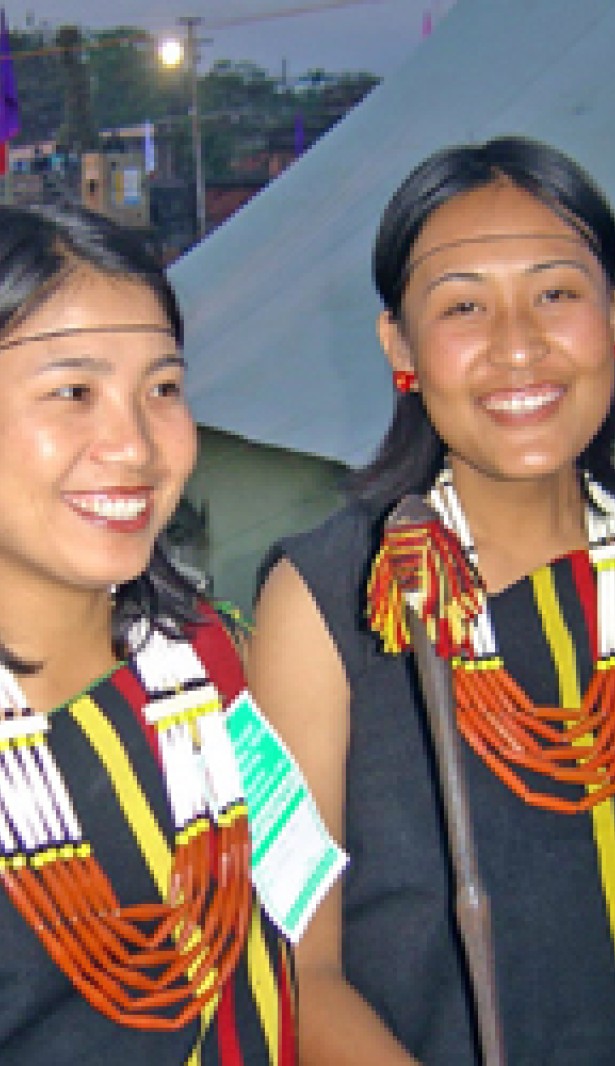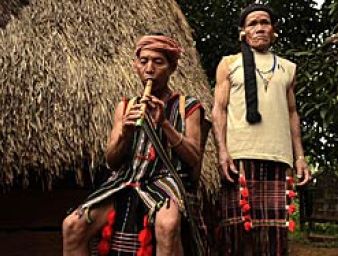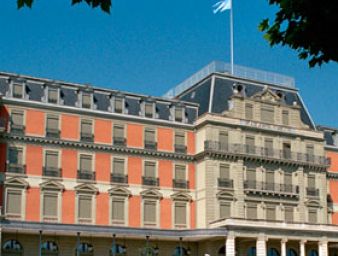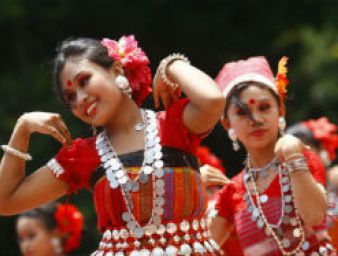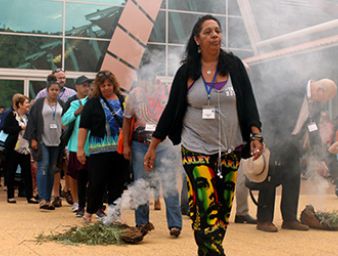Youth involvement key to indigenous peoples human rights
13 October 2017
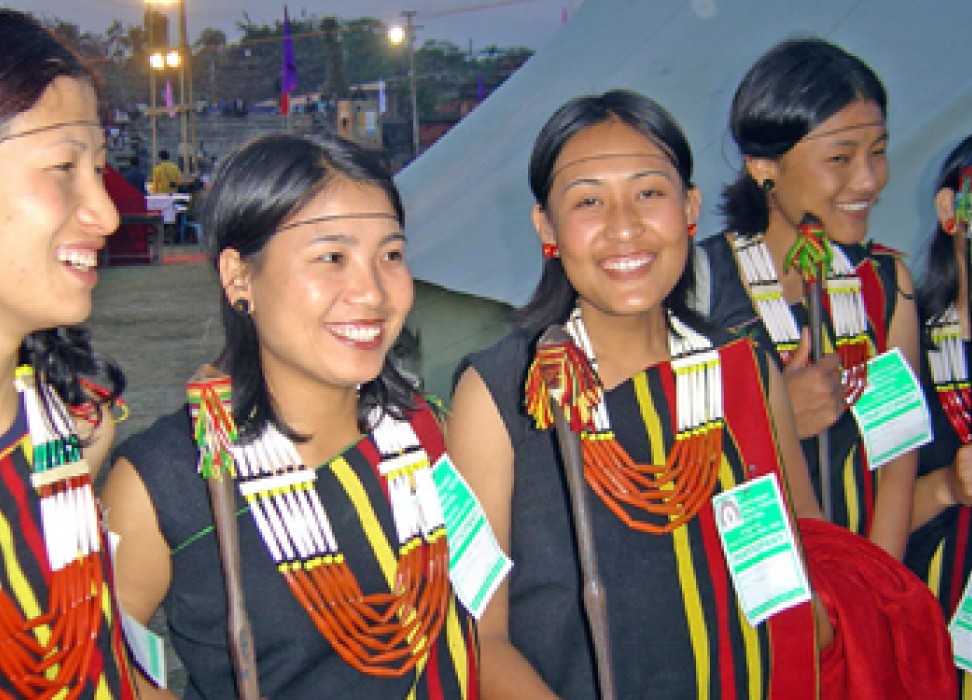
"Do you believe – really believe – that all peoples are entitled to equal protection of international law? Do you believe – really believe – that treaty pledges should be kept?"
In 1923, Levi General, Cayuga Chief Deskaheh of the Iroquois nation came to Geneva and spoke these words. He wanted to address the League of Nations on the rights of indigenous people in Canada, after having witnessed their cruel treatment in his homeland. He tried for a year to be heard by the League, only to be met with what he later called "cruel indifference."
Nearly 100 years later, his great-grand daughter Karla Kawenniiostha General sat before the UN Human Rights Council in the former League of Nations building, now Palais des Nations, asking the same question, because the issue of access of indigenous peoples in their own right to the UN is still limited.
"It is remarkable that in 2017. . . authentic and representative indigenous voices are still denied access to the UN," she said. "It is the most pressing issue of our time. Without authentic indigenous voices, decisions made in international forums will not be responsible to the lived realities of indigenous peoples at home."
General’s statement was part of a discussion marking the tenth anniversary of the UN Declaration on the rights of Indigenous Peoples and examining the role of youth in its implementation.
10 years of action?
The UN Declaration on the Rights of Indigenous Peoples was adopted 10 years ago, after more than two decades of wrangling. The Declaration sets out a universal framework of minimum standards for survival, dignity, well-being and rights of the world’s indigenous peoples. It addresses individual and collective rights including culture, identity, education, health and employment.
Yet in the decade since its adoption, there has been spotty implementation and take-up from States. It is not as if what needs to be done is unknown, said Deputy High Commissioner for Human Rights Kate Gilmore.
"Evidence has been gathered even though we need more; voices have been upraised, even if they should be further amplified; situations have been assessed even though more participation by indigenous peoples in these analyses is needed; implementation for and with indigenous people – including for and with young people – is the path that must be followed," she said.
One way to get young people more involved is to give them the space and tools to know what it is like to straddle the two worlds that they inhabit – the indigenous realm and the global world, said Dalí Angel, coordinator of Red de Jóvenes Indígenas de América Latina. Her group recently published a report looking at the state of indigenous youth in Latin America and the Caribbean. Among the report’s findings were young people had issues with identity –being able to self-identify as indigenous on a census form for example; migration (many moving from rural areas to urban); and lack of culturally-appropriate education appropriate. Angel said it makes indigenous youth the centre of various tensions.
"The effects of historical colonization, discrimination and marginalization put young people in a difficult position," she said. "This is a challenge that young people assume, to live and be able to recreate their cultural world when they are part of these two worlds, the indigenous world and the global world."
Albert K. Barume, Chair-Rapporteur of the Expert Mechanism on the Rights of Indigenous Peoples, said there has been a "timid trend of change" in promoting and using the Declaration. And while institution building and policy setting are good, ultimately more needs to be done to improve lives.
"Those things do not change the lives of people," he said. "Of course they are important, but they do not change the living conditions of people at the community level. So what remains to be done is huge and if that has to be put on the shoulder of the youth, then the youth have and need strong shoulders."
13 October 2017
